Dans le cadre du plan canicule de la Métropole de Lyon, le musée des Confluences vous accueille gratuitement dès le mardi 12 août aux horaires habituels d'ouverture dans la limite des places disponibles.
+ d'infos
Origins
The exhibition route
First steps towards our origins
As soon as they enter, visitors are greeted by three female hominids. These three women are the representatives of three human lines that coexisted until some 25,000 years ago: Homo neanderthalensis, Homo sapiens, and Homo floresiensis. At the beginning and the end of the exhibition, they ask questions about our place and our future in this fourteen-billion-year history.
Read more
The adaptation of species
Life changes on its own and the environment contributes to the evolution of living beings. Alongside the pterosaurs, the Camarasaurus skeleton shows how species have adapted: the laying of amniotic eggs allowed certain species to leave the marine environment, gradually leading to the emergence of mammals.
Read more
Life and water
The story of our origins goes back to the first traces of life on Earth, trapped in the depths of the oceans. In order for breathing to appear in the history of life, bacteria were needed to produce oxygen through photosynthesis. In the earliest times, it was trapped at the bottom of the oceans in the form of iron oxides. This rock, known as 'banded iron' and some 2.1 billion years old, carries the first traces of life on Earth.
Read more
The formation of the Earth and the universe
At the end of the exhibition, ever more accurate instruments used to measure time and space are displayed opposite the traditional Chinese pantheon. They reflect humanity's perpetual quest to better understand the origins of the universe and attempt to explain the workings of its evolution.
Read more
Conquering time and space
As it measures time and space, humanity is discovering an ever vaster universe. The development of our scientific knowledge also shapes our societies' perceptions.
Read more
- Roland Bacon, astrophysicist
- Elisabeth de Fontenay, philosopher and essayist
- Pierre Gibert, theologist
- Pascal Picq, palaeoanthropologist
- Pierre Thomas, geologist
Species, the Web of life

